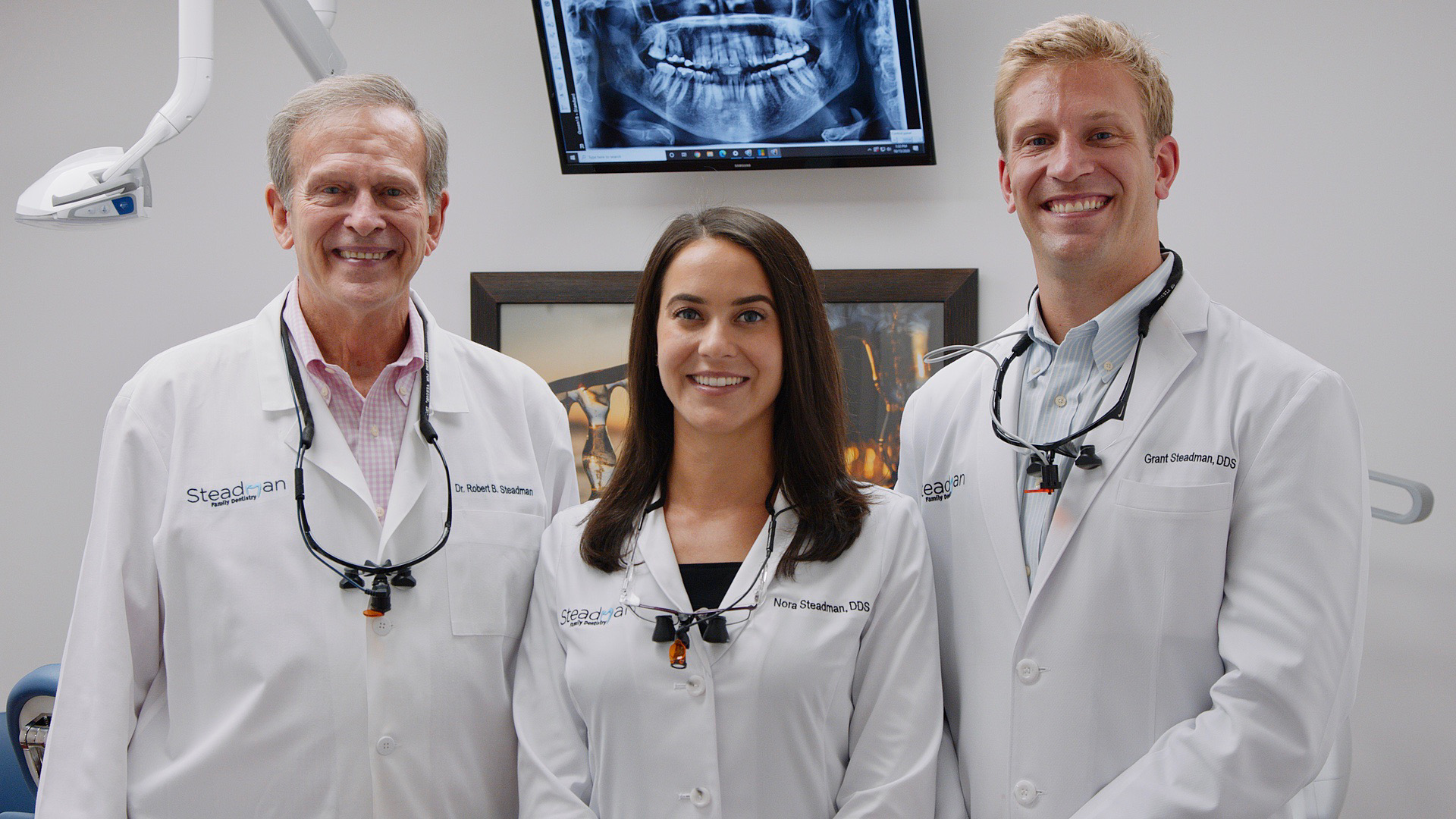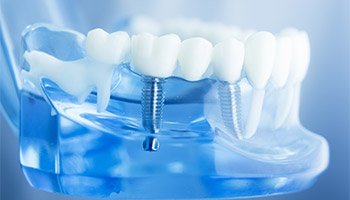If you’re wondering how safe is a dental implant in Richmond, VA, the short answer is: very safe for most people. Dental implants have high long‑term success rates (typically 90–98% over 5–10 years), though risks like infection, nerve irritation, or implant loss can occur. This post explains what causes complications, who is at higher risk, and practical steps to make implants safer.
How safe is a dental implant? What the data shows
Clinical studies report success rates around 90–98% at 5–10 years. “Success” usually means the implant stays firmly in the bone, the gum around it is healthy, and the patient can chew without pain. A “complication” can range from minor infection that responds to treatment to implant failure that needs removal. Most problems are uncommon and many are preventable with good planning and care.
Why dental implants are generally safe
Biocompatible materials and biology
Most implants are made from titanium or zirconia. Both materials are biocompatible, meaning the body accepts them. Bone fuses to the implant in a process called osseointegration. Once fused, the implant acts like a natural tooth root and supports chewing without moving.
Standard clinical protocols
Modern implant care uses sterile technique, careful imaging, and step‑by‑step surgical protocols. Dentists follow proven steps to reduce infection, place implants where bone and nerves are safe, and restore teeth for a comfortable bite. These standards make implants safer than ever.
Common risks and complications
Infection and peri‑implantitis
Infection around an implant (peri‑implantitis) causes inflammation and bone loss if left untreated. Signs include red, swollen gums, bleeding, bad taste, or pus. Causes often include poor oral hygiene, smoking, or untreated gum disease. Prevention focuses on cleaning, quitting smoking, and regular dental visits.
Nerve injury, sinus problems, and implant failure
Nerve injury can cause numbness, tingling, or pain in the lip, chin, or tongue. Sinus issues can happen when upper implants extend into the sinus cavity. Implant failure can be early (before bone fuses) or late (after years of use) and may be due to infection, poor bone, or too much bite force. Most of these problems are rare and detectable early with proper imaging and care.
Who is at higher risk?
Certain conditions raise the chance of complications. Tell your dentist about your full medical history. Higher‑risk factors include:
- Uncontrolled diabetes or immune system problems
- Smoking or heavy alcohol use
- Severe bone loss where implants are planned
- Heavy teeth grinding (bruxism)
- Certain medications (long‑term steroids, some cancer drugs, or bisphosphonates)
If you have these issues, your dentist can often manage them or suggest safer alternatives.
How modern planning and tech improve safety
Cone Beam CT (CBCT) and 3D planning
CBCT gives a 3D view of your jaw, bone volume, and nerve pathways. This greatly lowers the chance of hitting a nerve or placing an implant where bone is too thin. These scans help answer “how safe is a dental implant in Richmond, VA” by reducing guesswork.
Digital workflows and guided surgery
Digital planning and surgical guides let the dentist place implants with exact angles and depth. Intraoral cameras and smile‑design software let you see expected results beforehand and improve accuracy.
Occlusion tools
Tools like Tekscan measure bite forces so your dentist can adjust the crown and prevent overload. Proper bite balance lowers the chance of implant loosening or fracture over time.
What to expect during surgery and recovery
Typical steps are consultation and imaging, implant placement, healing (often a few months for osseointegration), and final crown placement. Options for comfort include local anesthesia, nitrous oxide, or oral sedation. Normal post‑op symptoms include mild swelling, bruising, and soreness for a few days. Follow these tips to lower risks:
- Take antibiotics or pain meds only as directed
- Keep the area clean with gentle rinses and soft brushing
- Avoid smoking and heavy physical activity for a week
- Attend scheduled follow‑up visits
Alternatives if implants aren’t safe for you
If implants aren’t a good option, alternatives include:
- Fixed bridges — good if adjacent teeth are strong, but they require altering those teeth
- Removable partial dentures — less invasive and lower cost, but less stable
- Full dentures — a non‑surgical option for complete tooth loss, though they can shift and need adjustments
Your dentist will discuss pros and cons based on your health, bone, and goals.
Quick FAQs patients ask about safety
- Is implant surgery painful? Most patients feel mild discomfort controlled with medication. Sedation options help anxious patients.
- How long do implants last? With good care, implants can last decades. Typical success rates are 90–98% at 5–10 years.
- Can I get implants with diabetes? Controlled diabetes is usually OK. Uncontrolled diabetes raises infection risk, so control your blood sugar first.
- Are implants MRI‑safe? Yes. Most implants are safe for MRI, though they may cause minor image artifacts. Tell your imaging center you have implants.
Why consider Steadman Family Dentistry for implant safety
Steadman Family Dentistry in Richmond, VA uses advanced technology and proven techniques to improve implant safety. Dr. Robert B. Steadman and Dr. Grant Steadman have extensive implant training and fellowships and focus on careful planning and long‑term outcomes. The office offers on‑site CBCT, Tekscan occlusal analysis, intraoral cameras, and digital smile design to make implant care safer and more predictable.
If you’re asking “how safe is a dental implant” and want a personalized review, schedule a consultation to review your health, imaging, and options. A clear plan helps reduce risk and set realistic expectations.




